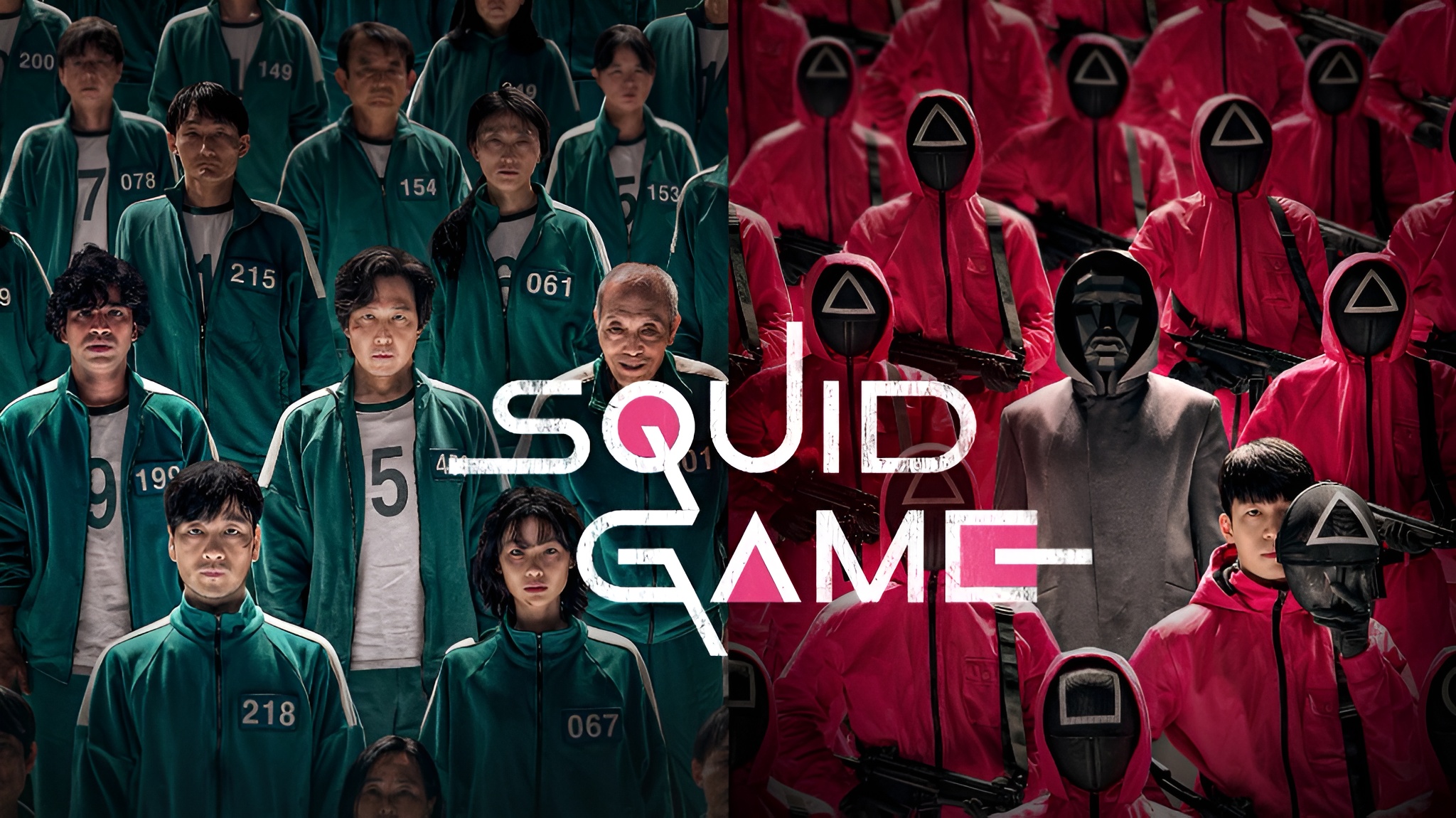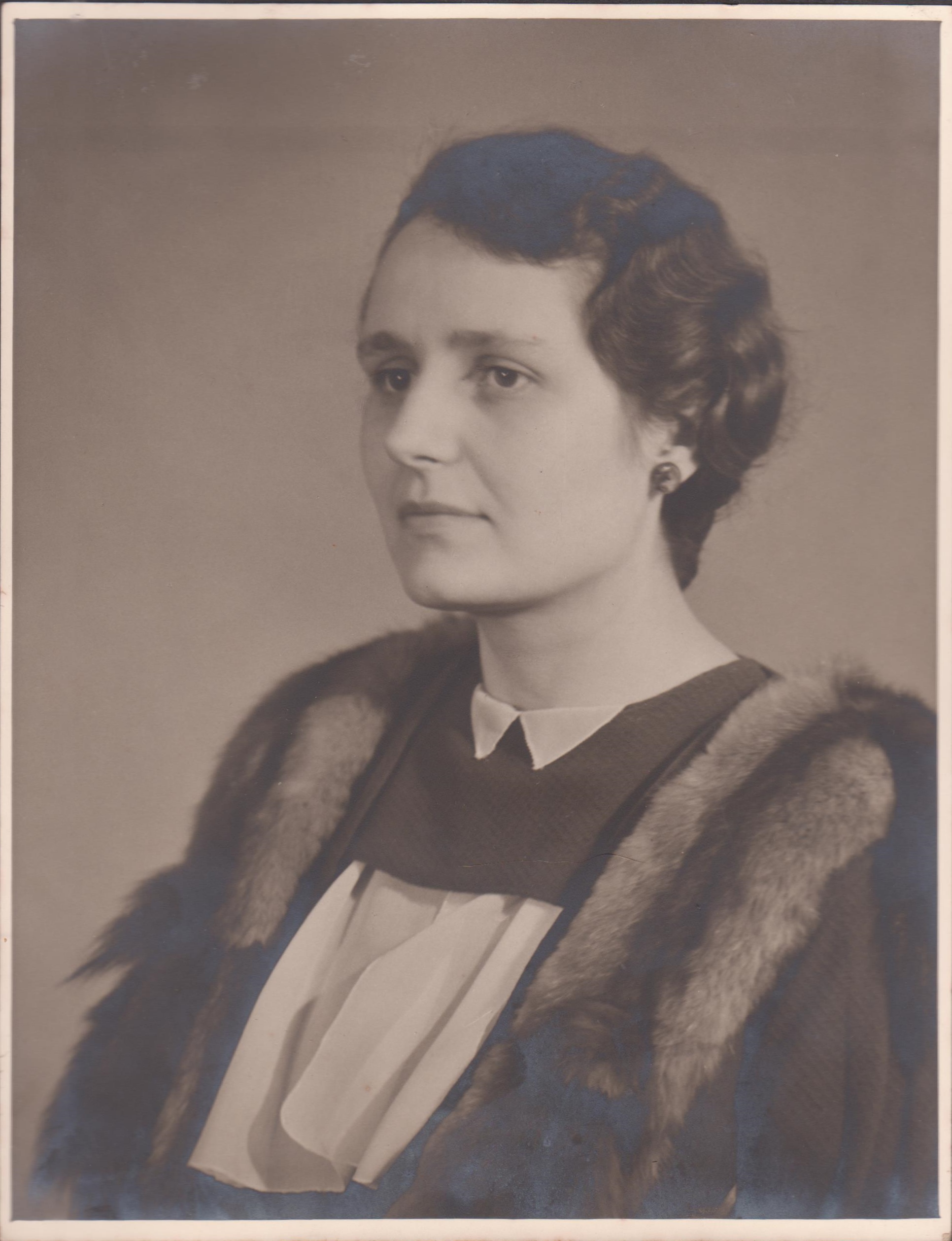
Just about exactly a year ago, on 19 November 2024, I e-mailed a group of colleagues expressing concern about the Terms of Use researchers had to sign up to it secure access to the immeasurably rich collections of the BBC Written Archives Centre (WAC) at Caversham.








